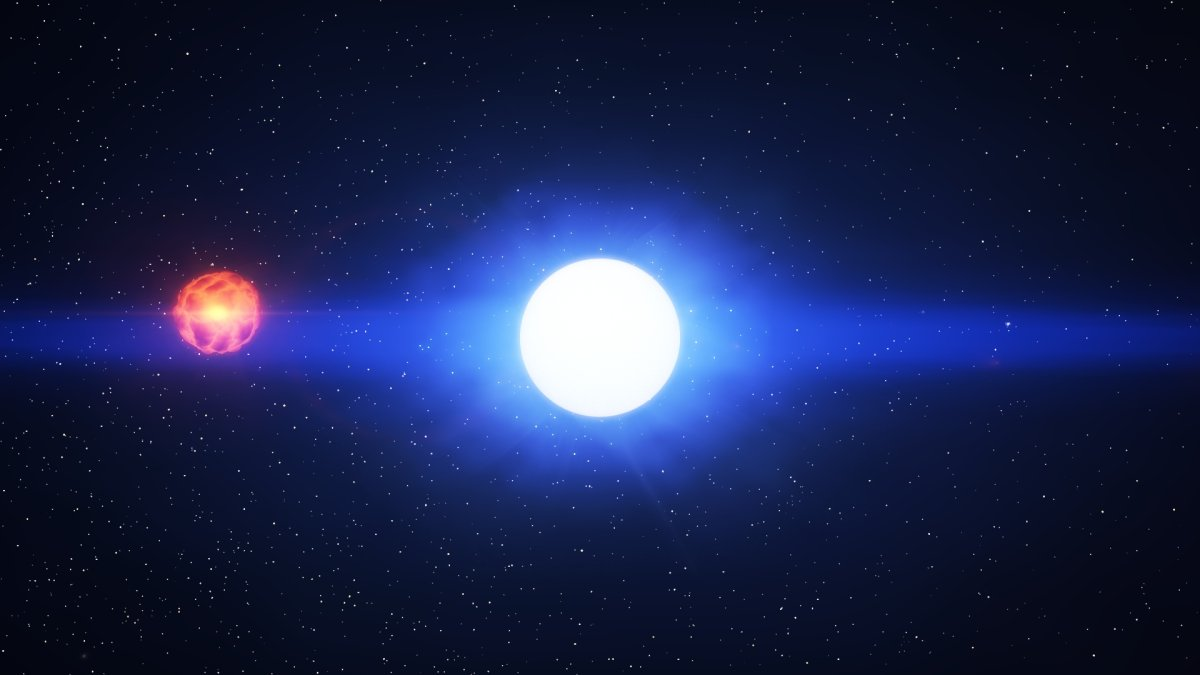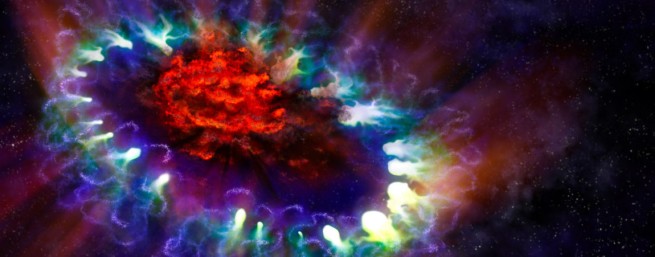One of the biggest and brightest stars in the night sky, Betelgeuse, will momentarily disappear during a rare eclipse when an asteroid passes near it.
A rare and fleeting sight is expected late in the evening from Monday to Tuesday. It will be seen by millions of people in Tajikistan and Armenia (Central Asia), Turkey, Greece, Italy and Spain, as well as in Miami, Florida and parts of Mexico.
Betelgeuse, a pulsating red supergiant that can be seen with the naked eye due to its size, is a star located approximately 640 light-years from Earth in the constellation Orion.
As for the asteroid, it’s Leona, a slowly rotating elongated space rock cruising in the main asteroid belt between Mars and Jupiter. A Spanish team of researchers estimated the asteroid’s width to be 55 km and length to be 80 km.
Betelgeuse, about 10 million years old, is much younger than our Sun (5 billion years old), but thousands of times brighter and about 700 times more massive.

Astronomers hope to learn more about Betelgeuse and Leon from this eclipse, which is expected to last no more than 15 seconds.
Due to its distance and size, Betelgeuse is visible to the naked eye, although those interested will be able to see the giant star much more better with binoculars and telescopes. Betelgeuse is thousands of times brighter and about 700 times larger than our Sun. It is so large that, according to NASA, if it were to replace our Sun, it would extend beyond Jupiter. In recent years, scientists have documented the strange behavior of Betelgeuse, which exhibits unusual fluctuations in brightness, changing from bright to dim twice as fast as normal.
Scientists estimate that the super-bright star will explode as a supernova over the next millennia. The brightest and rarest are supernovae, which are formed when a star ends its existence as a result of a powerful explosion.
If Betelgeuse goes supernova, what will it look like? The star is located about 500 light years from us. After the explosion, we will first detect a shower of massless particles called neutrinos, which will not harm us. After this, the star will quickly begin to grow in volume and brightness. In one to two weeks it will be about as bright as the full Moon.

Betelgeuse will then begin “to go out” over the next few months, but will remain visible during daylight hours. At night we will be able to see it with the naked eye for another year or two. But after this we will never see it again – the constellation Orion will forever lose its characteristic radiance.
Is there any danger for us? Supernovae produce high-energy particles called cosmic rays that can penetrate the Earth’s magnetic field shield. But this amount will be small compared to the other radiation we receive from all but nearby supernovae.
A supernova explosion also produces radioactive iron. This substance has been found on the seafloor of the Earth and on the Moon, and is believed to have been formed in a supernova explosion between 2 and 3 million years ago. This supernova was about 300 light-years away, closer than Betelgeuse but far enough away not to pose any serious problems for life on Earth.







More Stories
Thodoris Kolidas explains the phenomenon "black sky" on Good Friday
Black swan in the Evros river delta
The weather will turn bad on Good Friday